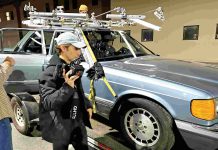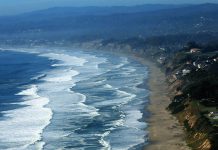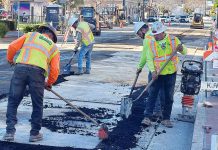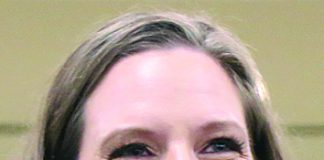WATSONVILLE — About two dozen educators from across Santa Cruz County gathered at the Watsonville Nature Center in Ramsay Park on Saturday for a special workshop.
They met to learn a new approach to teaching science and science literature—one that leaps well beyond mere data and number collecting.
Amity Sandage, environmental literacy coordinator at the Santa Cruz County Office of Education (SCCOE), said the Nature Journaling for Science event is part of a bigger Science Initiative Program, which falls under the umbrella of the County Science Initiative incorporated by the SCCOE.
“We’re supporting all 10 districts in the county to implement these standards and help teachers become more confident to teach in this new way,” Sandage said. “The educators learned how to use nature journaling as a way to help students engage with science. They learned about journaling not as an art activity — like drawing pictures of nature — but rather about learning to help students develop habits, in questioning and noticing things in their environment and capturing their thoughts on the page. We ultimately want them to learn how to show their thinking in words, numbers and images.”
On hand Saturday, among others, was well-known scientist and a scientific illustrator for field journals John Muir-Laws. Sandage said that Muri-Laws commonly works with teachers, families and children, and is an expert in thinking of a science journal as a way “to ask lots and lots of questions”, and incorporating each individual’s way of thinking into their studies of the environment.
“He’s wonderful; we’re bringing him back every year,” Sandage said.
One chief goal of the workshop was to aid teachers in bringing what they learned back to fellow educators and spread that knowledge in the classroom with their pupils.
Sandage said they want to teach students to look at and think about “the phenomena of what you’re seeing in nature from different angles, and creating a habit of, when you’re outdoors, noticing things that are unusual and intriguing, and asking what you see to help you better understand what is happening around you.”
Educators are hoping that teaching a new way of looking for patterns in nature, for instance, will aid students in connecting with a new science for what she called the “next generation of science standards.”
“In meeting new state requirements, we’re now teaching students to not just memorize facts, but to try to figure out answers to their own questions and figure out the phenomena of the natural world,” Sandage said.













